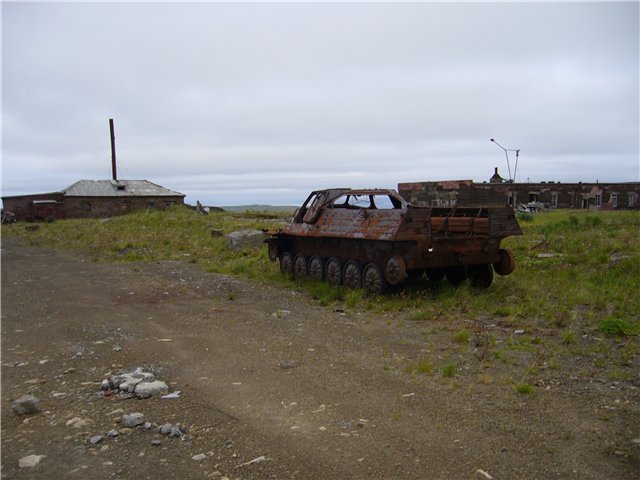|
|
The Dead City On The Kola Peninsula - Cape Of The North-western Russia
|
This categorisation is descriptive, and it is used as a general touchstone when considering ancient cities, although not all have each of its characteristics.
One characteristic that can be used to distinguish a small city from a large town is organized government. A town accomplishes common goals through informal agreements between neighbors or the leadership of a chief. A city has professional administrators, regulations, and some form of taxation (food and other necessities or means to trade for them) to feed the government workers. The governments may be based on heredity, religion, military power, work projects (such as canal building), food distribution, land ownership, agriculture, commerce, manufacturing, finance, or a combination of those. Societies that live in cities are often called civilizations.
• Ancient times
Early cities developed in a number of regions of the ancient world. Mesopotamia can claim the earliest cities, particularly Eridu, Uruk, and Ur. After Mesopotamia, this culture arose in Syria and Anatolia, as shown by the city of Çatalhöyük (7500-5700BC). It is the largest Neolithic site found to date. Although it has sometimes been claimed that ancient Egypt lacked urbanism, several types of urban settlements were found in ancient times.
|
|









